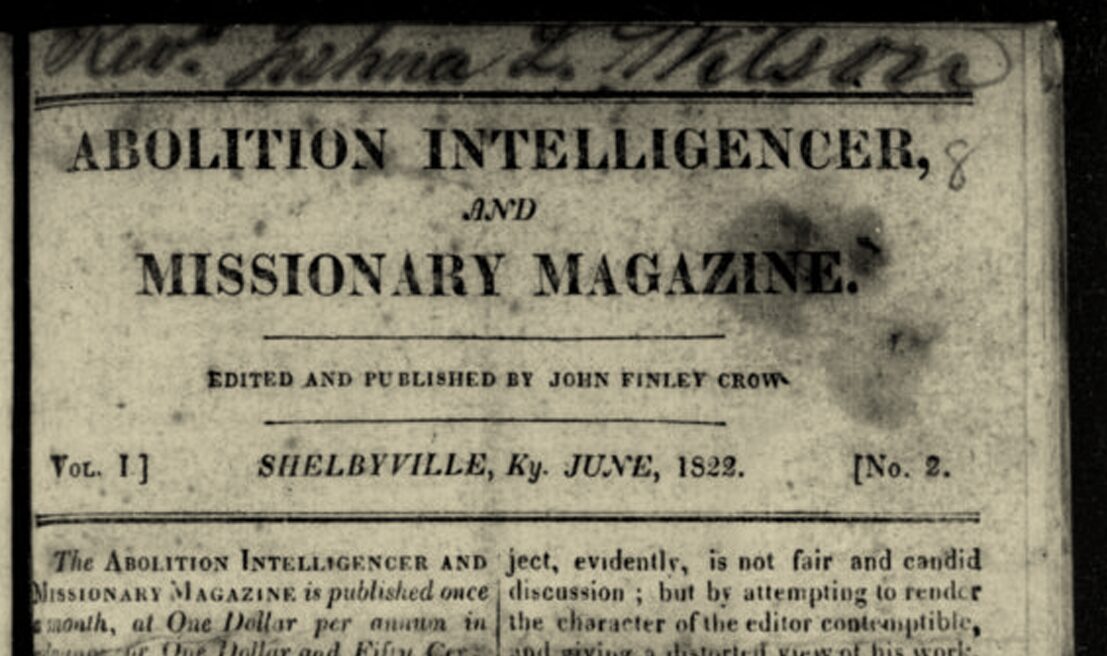Category: Personal Reflections
-

Published in the Abolition Intelligencer and Missionary Magazine (Shelbyville, KY, Vol. 1, Iss. 2, June 1822), this letter from Elijah Boardman (findagrave.com) provides a striking glimpse into the use of shape-note singing in early American missionary efforts. The account describes a singing school among the Tuscarora people in Lewistown, New York, where indigenous singers learned…
-

In the late 19th century, rural communities across the South and Midwest found joy and connection through the vibrant tradition of shape-note singing. Mitchell B. Garrett’s Horse and Buggy Days on Hatchet Creek: An Alabama Boyhood in the 1890s (Tuscaloosa, AL: University of Alabama Press) offers a rich firsthand account of how this musical practice…
-

Born in 1784, Elsie Chittenden of Guilford, Connecticut, was a shape-note singer born sixty years before B.F. White’s The Sacred Harp was published. As a young woman, she sang counter in her church choir when the pitch pipe was the only aid to congregational singing, and tunes like Old Hundred and Mear were the backbone…
